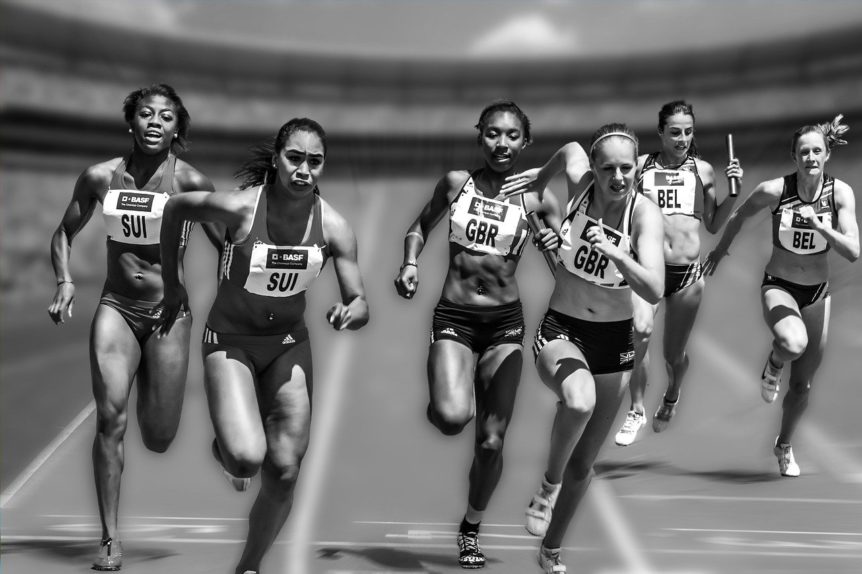Abstract
Objective
To investigate the association between sustaining a second anterior cruciate ligament (ACL) injury and (1) time to return to sport, (2) symmetrical muscle function, and (3) symmetrical quadriceps strength at the time of return to sport in young athletes after primary ACL reconstruction.
Design
Prospective cohort study.
Methods
Patient demographics and results from 5 tests of muscle function (2 strength tests and 3 hop tests) were extracted from a rehabilitation registry. A questionnaire was sent to athletes (15–30 years old) who were involved in knee-strenuous sport before the injury and had undergone primary ACL reconstruction to determine time of return to knee-strenuous sport (preinjury Tegner Activity Scale score of 6 or greater). We used the Cox proportional hazard regression model to analyze time to event.
Results
One hundred fifty-nine (32% of the initial sample) athletes (mean ± SD age, 21.5 ± 4.4 years; 64% female) were included. Athletes with a higher preinjury Tegner Activity Scale score had a higher rate of second ACL injury (hazard ratio = 2.1; 95% confidence interval: 1.2, 3.6; P<.01). Athletes who returned to knee-strenuous sport before 9 months after reconstruction had a higher rate of second ACL injury (hazard ratio = 6.7; 95% confidence interval: 2.6, 16.7; P<.001). There was no association between symmetrical muscle function or quadriceps strength and second ACL injury.
Conclusion
Returning to knee-strenuous sport before 9 months after ACL reconstruction was associated with an approximately 7-fold increased rate of sustaining a second ACL injury. Achieving symmetrical muscle function or quadriceps strength was not associated with new ACL injury in young athletes.

